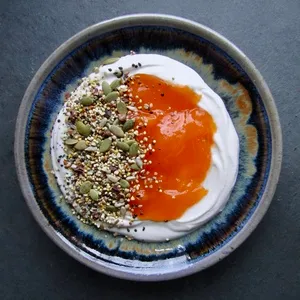Food waste, along with excessive waste production in general, is a major global issue right now. We throw away way too much stuff, and some of that is perfectly good food. Although there’s a lot being done in grocery stores and the food system at large to reduce food waste, there are also things that you can do in your own kitchen.
Along with being conscious of the food you buy, there are some fruit and vegetable parts you didn’t know you could eat, allowing you to get more out of the produce you eat all the time. More nutrients for you, less fruit and veggie scraps being tossed out.
1. Kiwi Skins
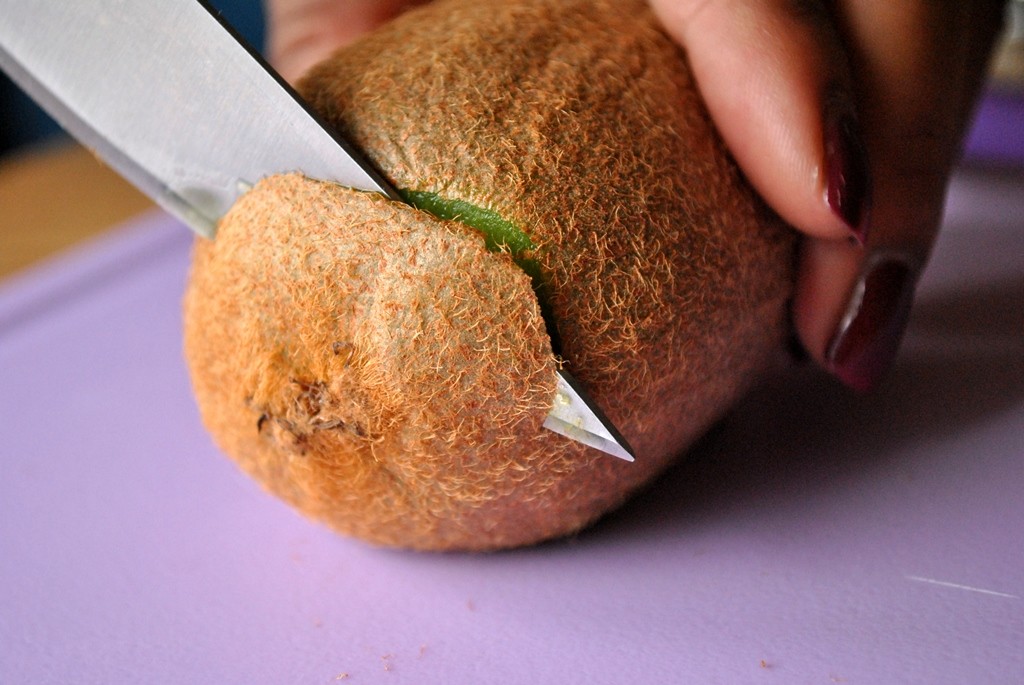
Photo by Justin Shannin
I’d like to say that I started eating kiwi skins due to my concerns about sustainability and food waste. In reality, I just got a little lazy. If you eat the skin, that means you don’t have to go through the long, arduous, excruciatingly painful process of removing the skin from a kiwi. If you don’t mind a little bit of fuzz and some extra fiber, this hack is perfect for you.
Just rinse your kiwi (reduces fuzz), cut off the ends (or bite them off and spit them in the trash, if you’re a caveman like me), and slice your kiwi into rounds. Or forgo that step and take bites out of it like a small, fuzzy, oblong apple. I’m all about efficiency.
2. Strawberry Leaves and Stems
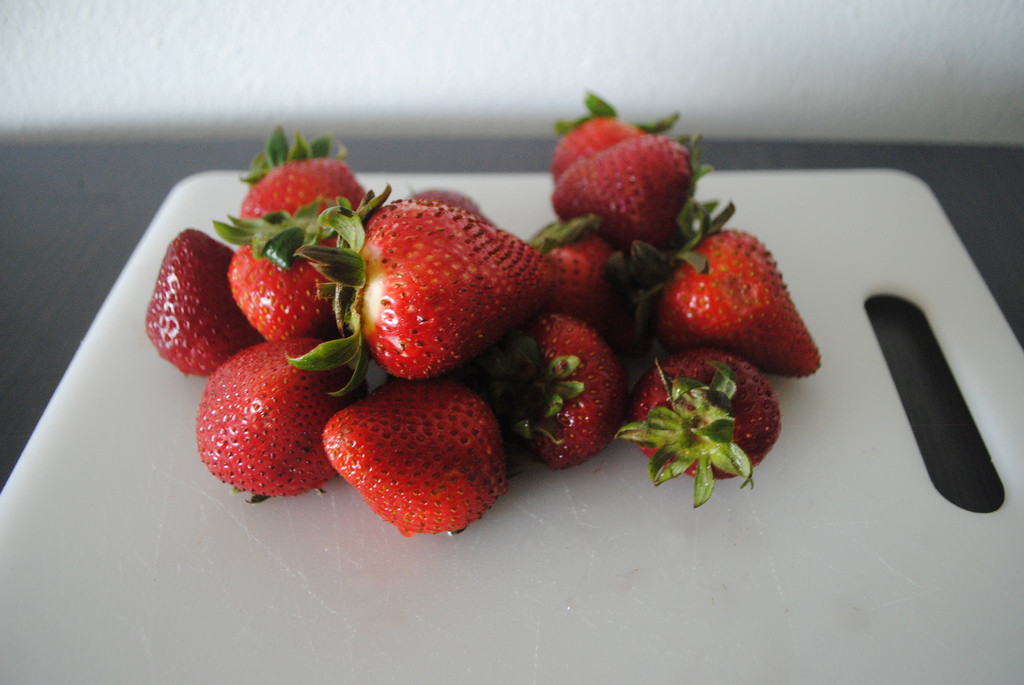
Photo by Liana Lis
This is another hack for those of us who are both lazy and concerned with food waste. If you eat the stem and leaves of a strawberry, you don’t have to go through the ordeal of cutting them off, you’re not producing any waste, and you’re maximizing your strawberry intake. Plus, this is a way to add a little bit more fiber and greenery to your diet.
I personally only eat organic strawberry leaves and stems — organic strawberries tend to be smaller and sweeter than conventional ones, which means the leaves tend to be smaller and more tender. As strawberries are part of the Dirty Dozen, you should always try to buy them organic.
3. Apple Core and Seeds
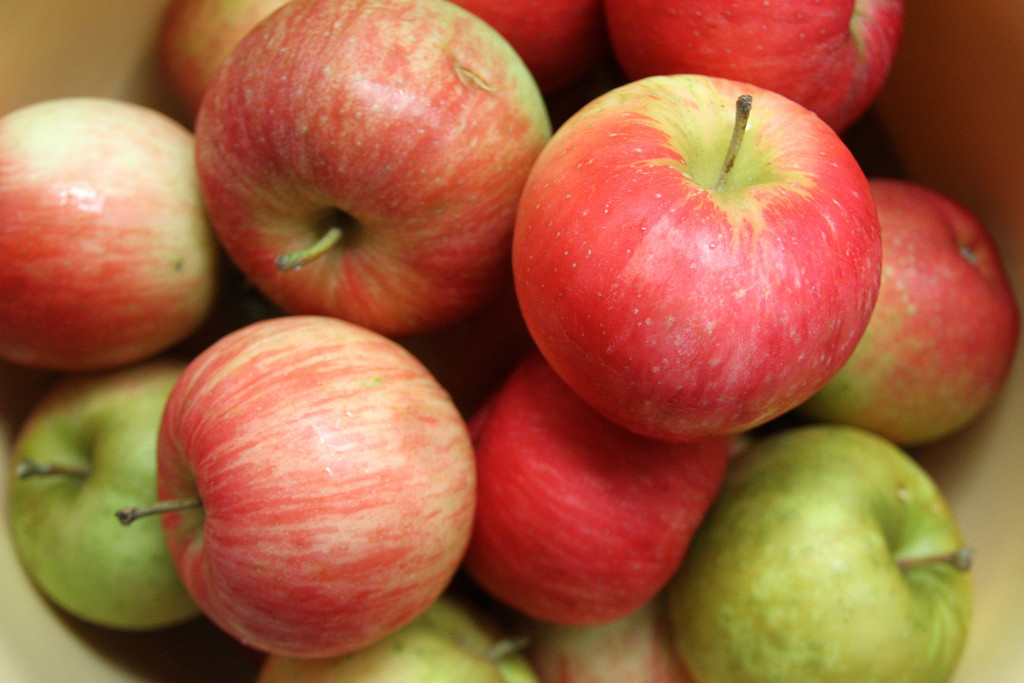
Photo by Maggie Gorman
As far as I could find, no one has ever died from consuming apple seeds. Concerns with their cyanide content are unsubstantiated, as the cyanide in apple seeds is found in trace amounts (way too minimal to cause harm). There is no danger in the consumption of apple seeds — they, along with any other rough parts inside of apples, will only add a bit of fiber to your diet upon consumption. I’d recommend removing the stem, however.
4. Beet Greens and Stems

Photo by Julie Kahng
I recently made the most delish warm roasted beet salad (cubed beets roasted with orange juice and garlic, garlic-sauteed beet greens, melty crumbled goat cheese, walnuts, and drizzled balsamic — drooling yet?). The beet greens were delectable and great source of nutrients. It would have been a shame to throw them out.
5. Cauliflower Leaves

Photo by Maris Altieri
As much as I love cauliflower, I can’t say I’ve ever tried this. Apparently, those thick, pale-green, stalk-like “leaves” on heads of cauliflower can be eaten. Roast with a little bit of oil and sea salt for a tasty, cruciferous dish. Take that, food waste epidemic.
6. Citrus Peels
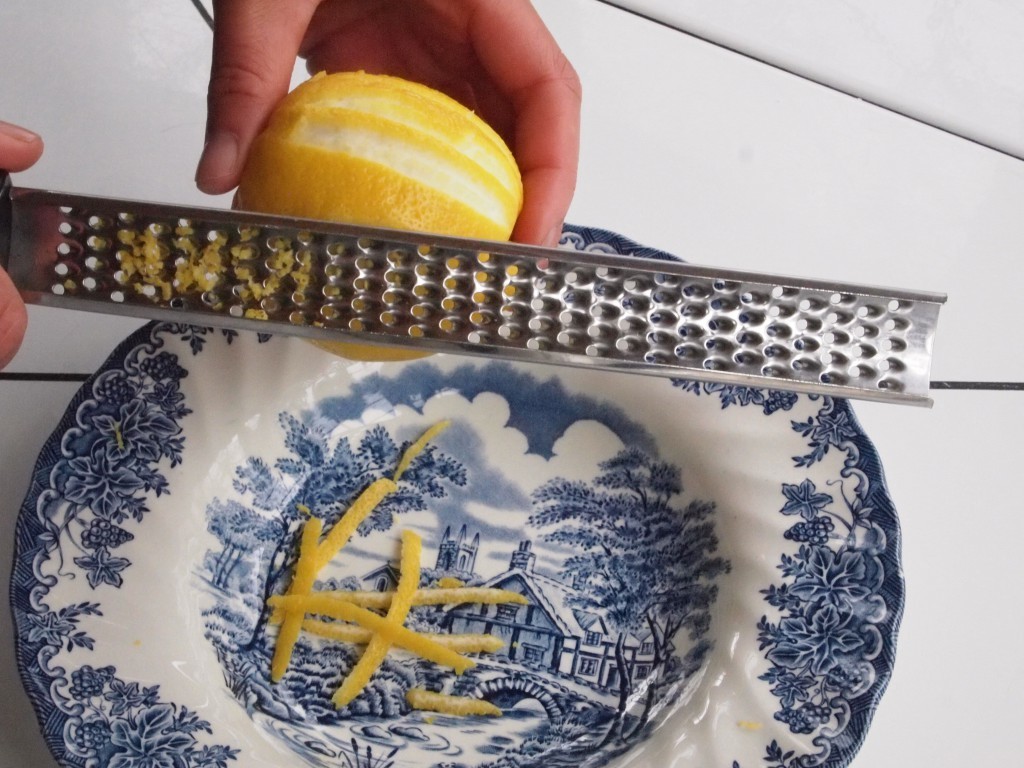
Photo by Kendra Valkema
If you carefully remove the colored part of a citrus fruit peel, leaving the white pith behind, you can use it in a variety of ways. Lemon zest adds a fantastic burst of fresh flavor to salad dressings, baked goods, pancakes, smoothies, and just about anything else you can think of. I like to dry orange peels and use them in hot drinks. As with strawberries, this should be restricted to organic fruits to minimize pesticide exposure.
7. Carrot Tops

Photo by Becky Hughes
I’ve recently taken to buying five pound bags of carrots rather than the traditional one or two pound bags that normal people buy. Seriously, I love carrots. They’re delicious, they are a quick and easy snack to grab, they are extremely versatile, and they take a really long time to go bad. Unfortunately, the bagged carrots that I buy already have the leaves chopped off. I’ll have to go buy a few bunches of carrots with the greens attached to try out this carrot-top pesto.
8. Celery Leaves
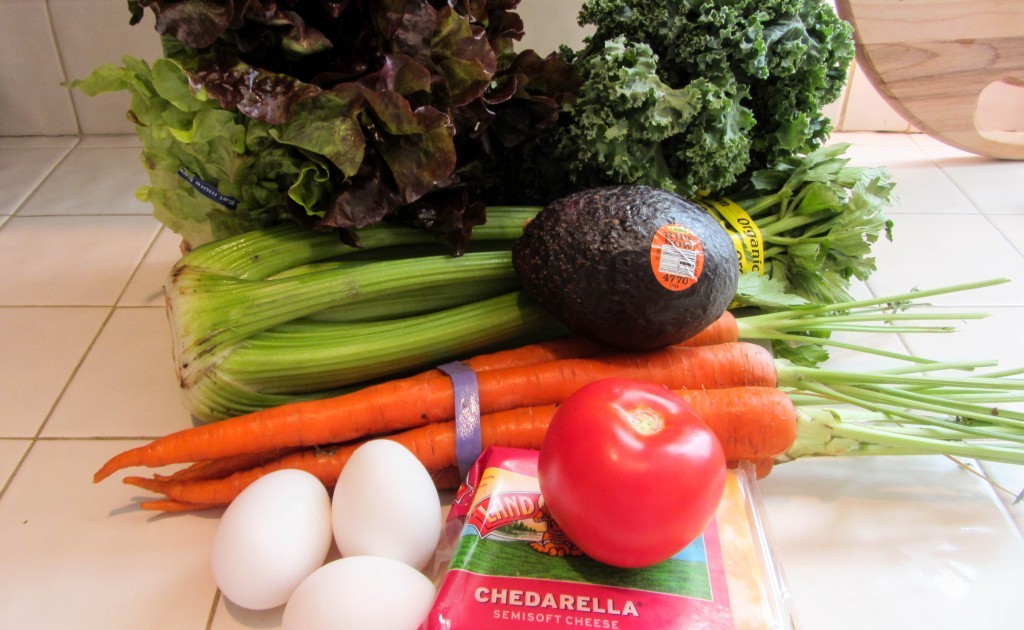
Photo by Elizabeth Layman
Another one I’ve never tried before. Supposedly, celery leaves are very flavorful and can be used like a fresh, leafy herb. Use them to garnish dishes, in soups and stir-fries, in salads, or in pesto.
8. Onion Skins, Carrot Peels, and Celery Trimmings
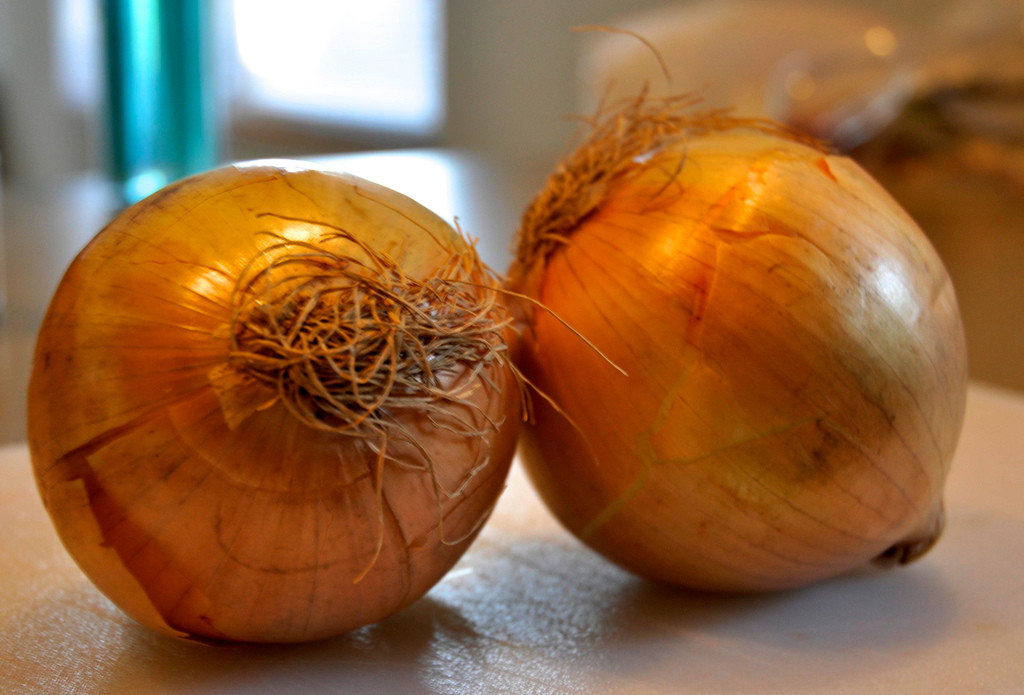
Photo by Sarah Stettin
You don’t actually eat these, but you don’t have to throw them out immediately, either. These vegetable scraps can be used to make broth, which is the secret to really good soup. By themselves, these scraps make a nice vegetable broth, and with some added animal parts, they can be made into bone broth. I like to keep a bag in my freezer to toss these scraps in, then pull it all out when I’m in need of some soup.
9. Winter Squash Seeds
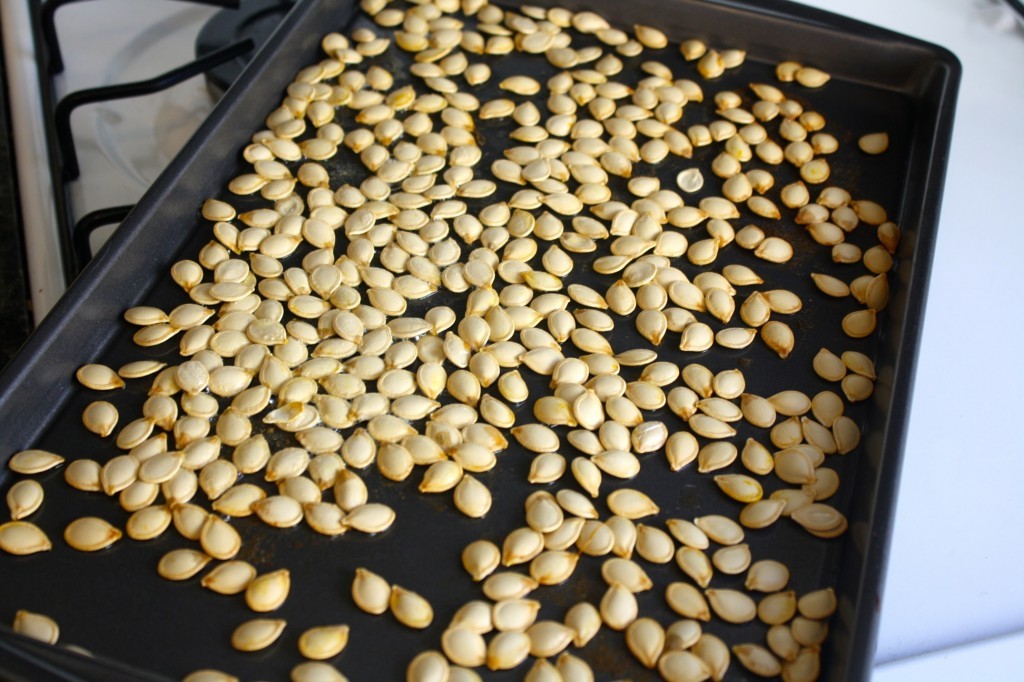
Photo by Tallie Gabriel
I really hope you all know you can eat pumpkin seeds. They are the super tasty bonus to every pumpkin-carving experience I’ve ever participated in. Along with pumpkin seeds, seeds from butternut, acorn, kabocha, and other hard-shelled winter squashes can be seasoned, roasted, and eaten.


